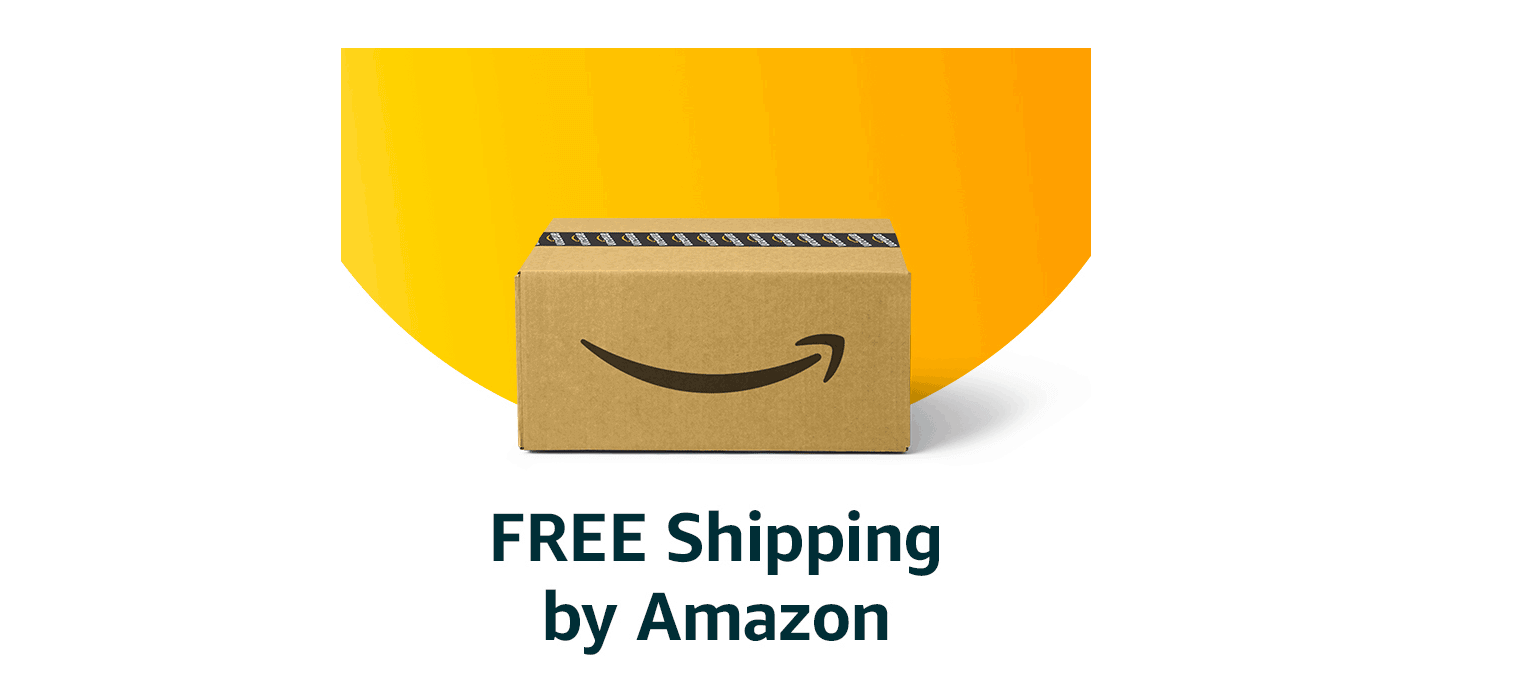
Actionable tips on using cognitive bias in marketing – Part I
We tend to believe we are the sole authority when making decisions. However, many of us are unaware that something else is at work inside us that either makes the decisions for us or sends out specific signals that largely affects our decision making. . Many of these signals and influences create an inaccurate depiction of certain issues that form the foundation of our decision making process. Ladies and gentlemen, meet your almighty brain! In this article, we’ll try to uncover these signals, how they affect our decision making and eventually how we can make use of cognitive bias in marketing.
What is cognitive bias?
According to Wikipedia, cognitive bias is systematic patterns of deviation from the norm and/or rationality in judgment. In layman’s terms, cognitive biases are errors in the way our brain perceives reality and subsequently makes judgments about it. These specific signals are able to trigger our reaction of assigning a value to them that is actually invalid and they don’t deserve it. These misjudgments are powered by our cognitive bias, which is so innate to us and institutionalized in our society.
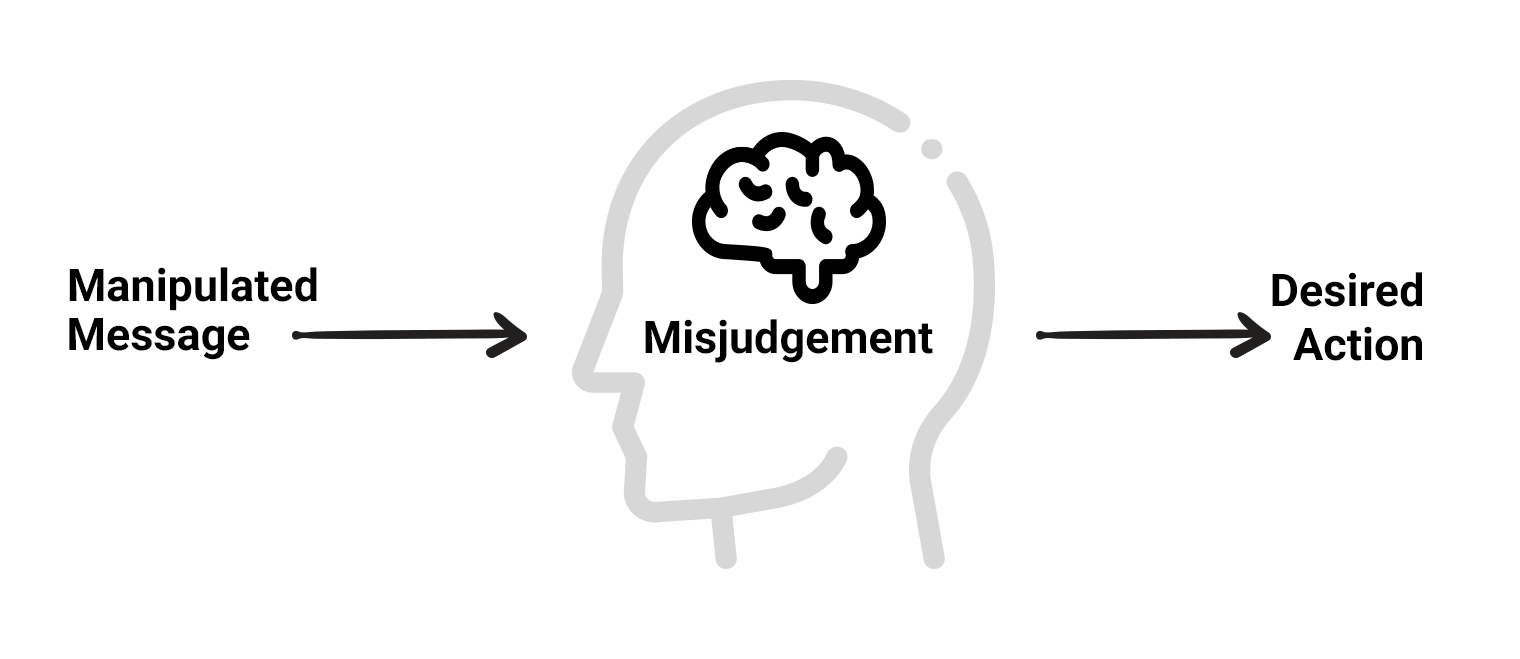
Cognitive bias is and has been used by many forces in our society. This is true for businesses and how they capitalize on cognitive bias to drive interest and engagement to persuade you to buy from them. Furthermore, cognitive bias can also be used in the political sphere to help shape your opinion and influence who you support and vote for. Cognitive biases also play a role in the way that you make decisions about your life, how trends are formed, how genres have evolved and how fan clubs have grown.
Why use cognitive bias in marketing?
The goal of marketing is driving people’s interest in a brand of product. With our marketing campaigns, we send specific signals that trigger customers’ misjudgment in their brains and drive specific actions to favor our brand. This can be done through subscribing, following, buying and more.
The cognitive biases that we should aim to trigger:
- Fear of missing out
- Herd mentality
- Framing
- Hyperbolic discounting bias
- Reciprocity bias
- Loss aversion
- Mere exposure effect
- Authority Bias
- Anchoring
- Bandwagon effect
- Zeigarnik effect
Let’s dig into each of these biases and tips on how to trigger them with our marketing campaigns.
1- Fear of missing out (FOMO)
What do you do when you see a bunch of people in the street looking at or gathering around something? You join them! Or at least the majority of people do. This is because we see that there is a value attracting people’s attention and we fear missing that value. There is a very high chance that if we see that thing while alone on the street without anyone else looking at, we wouldn’t even notice or care about it.
FOMO – or the fear of missing out – is one of the most widely used forms of cognitive bias in marketing campaigns nowadays. All the timeboxed discount campaigns and flash sales that urge you to place an order within a specific timeframe utilize your brain’s FOMO bias. You can place timeboxed discount offers in your website, popups and emails. Below are some ideas you can use in your FOMO campaigns.
Stock left
Place the stock number on your product listing page. This gives your customers an idea of how long they have before the product runs out of stock.

In WooCommerce, you can turn on the Stock Status option from the product data meta box. For simple products, go to the Inventory tab, and for variable products, go to the Variations tab.

Countdown timer
Create timeboxed campaigns or flash sales and display a countdown timer for it on your landing page.
Early bird discount
Run an early bird discount program for your new products or services where users who subscribe within a specific time will enjoy special discounts.
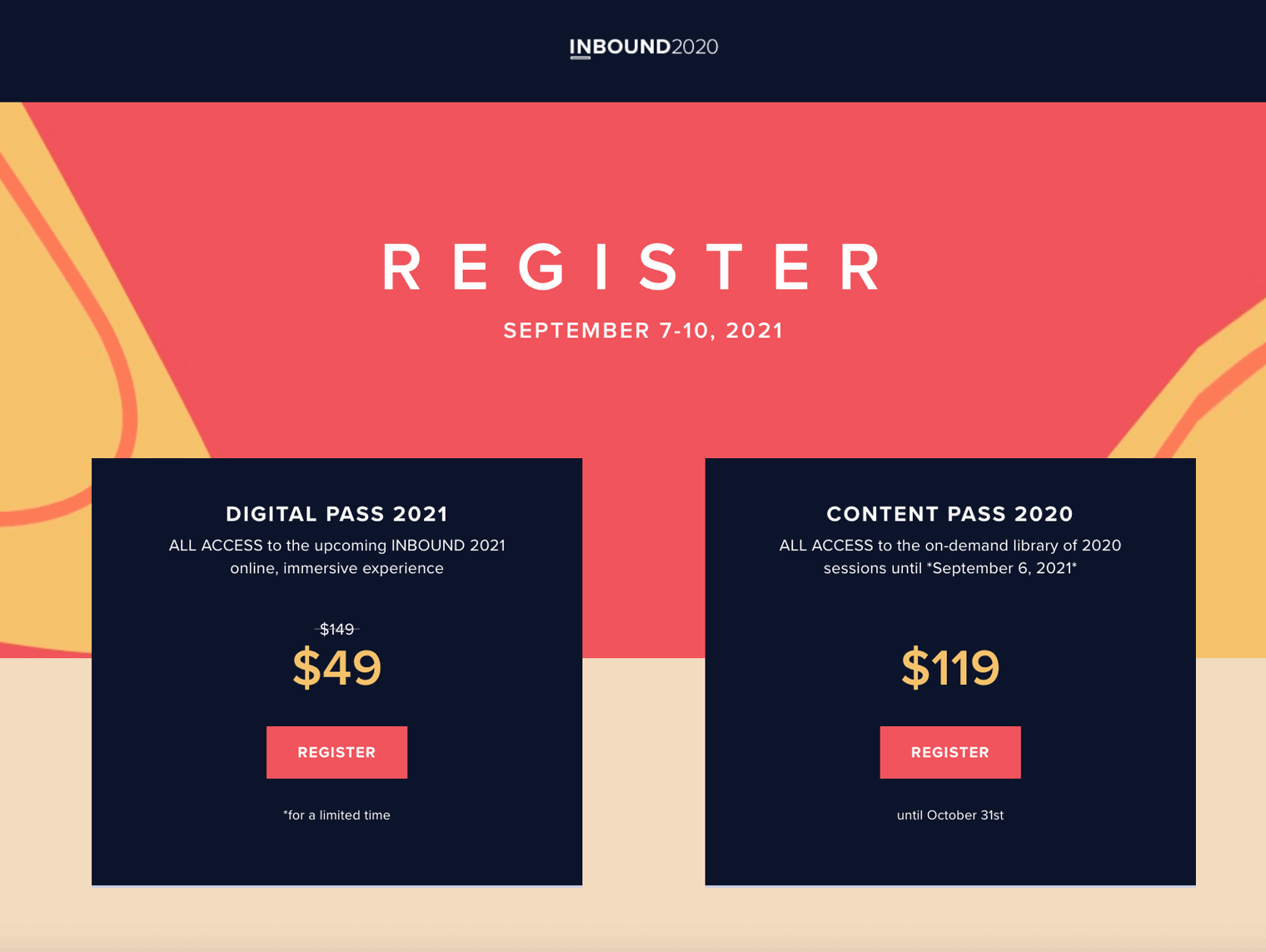
What you missed campaigns
These campaigns involve you letting away customers know what they missed while they were gone. They’ll be intrigued and want to know what happened, thereby increasing the chances they’ll engage and click on a link in the email.
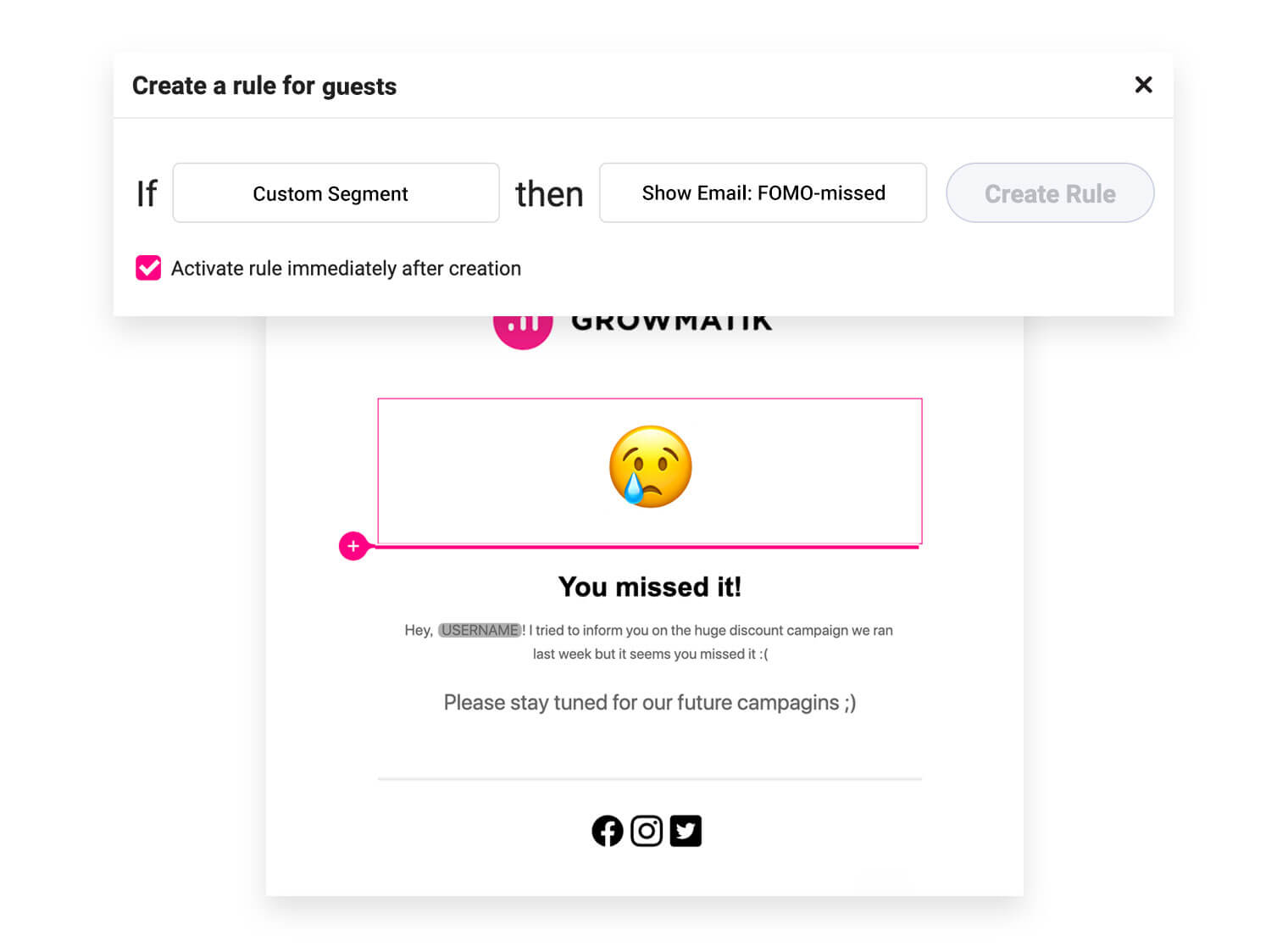
In Growmatik, you can repeat the same steps as the previous example – only for segment targeting, you can go to the People section and create a custom segment by selecting the All Customers from the dropdown menu and then setting the filters such as Visit Date to target those who have not visited your website within the duration of your campaign.
2- Herd mentality & bandwagon effect
The easiest way to put this is: ‘We like to follow what everyone else is following.’ That’s why you’re likely to follow an Instagram account with a verified badge or one with 100,000 followers. The herd mentality bias greatly affects a customer’s decision-making process when they consider buying a product.
Reviews & ratings
Social proof is also a very effective way to increase your conversions on an eCommerce website. You can do this by displaying positive reviews of your product or service on the landing page and item details page. You can also show reviews related to upselling and cross-selling items on the checkout pages to increase your order bumps.

Any other social proof
Social proof means more than just testimonials. The milestones you have reached such as the number of sales or repeat sales from your product, number of subscribers and such are good examples. You can increase social proof influence by including real-time social proof, such as what booking.com does: ‘3 people are looking at this room’ or ‘1 person from Atlanta just bought this product.’ In WordPress, you can use solutions such as WPFomify for real-time social proof.

3- Framing
You can explain something in a thousand ways, and each may have different connotations. Framing is mostly used in visual media and arts. For example, this famous illustration on how news media can manipulate a meaning when reporting a scene is all about framing:
Framing also is a commonly used cognitive bias in marketing. The value you propose to your customer is in direct relation to how you convey it through your product presentation. The best and most common example of framing bias in marketing is when you include the price of a feature in the core product and then advertise the feature as free. For example, you can include the shipping cost in the main delivery and then advertise the shipping cost as free.
This way, you’ll be able to sell the same product+feature at its original price, but your customer thinks that they are buying them for a discount price. A more relevant example for WordPress is when you sell a WordPress theme or service and advertise the hosting as free whereas it’s added to the theme/service product itself.
4- Hyperbolic discounting bias
If you have healthy habits, you might add years onto your life. However, many choose to engage in short-term gratification such as smoking, eating fast food, taking drugs and alcohol, and being lazy. This is because people often select immediate value as opposed to long-term value. The reason behind this is that the brain innately has a greater desire for instant gratification.
Another example is how bank credits work. You take a loan or credit from a bank to satisfy an immediate need such as buying a house or car without thinking about paying much more than the original amount over the next 20 years.
In the context of marketing, phrases such as “Double your revenue now!”, “Increase your follower count now“ and “Join thousands who … now!” that you see in ads and calls-to-action are trying to trigger hyperbolic discounting bias in your brain.
Gated content
This is when a user can get a specific value immediately after a user makes a particular action For example, a free useful e-book that can be downloaded upon subscribing to your website.

In Growmatik, go to the Automation Dashboard,find the respective user type you’d like to target with your FOMO campaign and click on the + button. For example, this could be guests who are new visitors and haven’t signed up or purchased anything (you can also create custom segments in the People section and assign automations to those segments). Set the condition as All Guests. And set the action as Show Popup. Choose the Ebook Content Giveawaytemplate and customize it the way you want. Finally, click on Save & Exit and then Create Rule.
Discount upon subscribing
Offer your customer a discount immediately after signing up. This is useful in both e-commerce shops and SaaS services and dramatically helps indecisive customers.
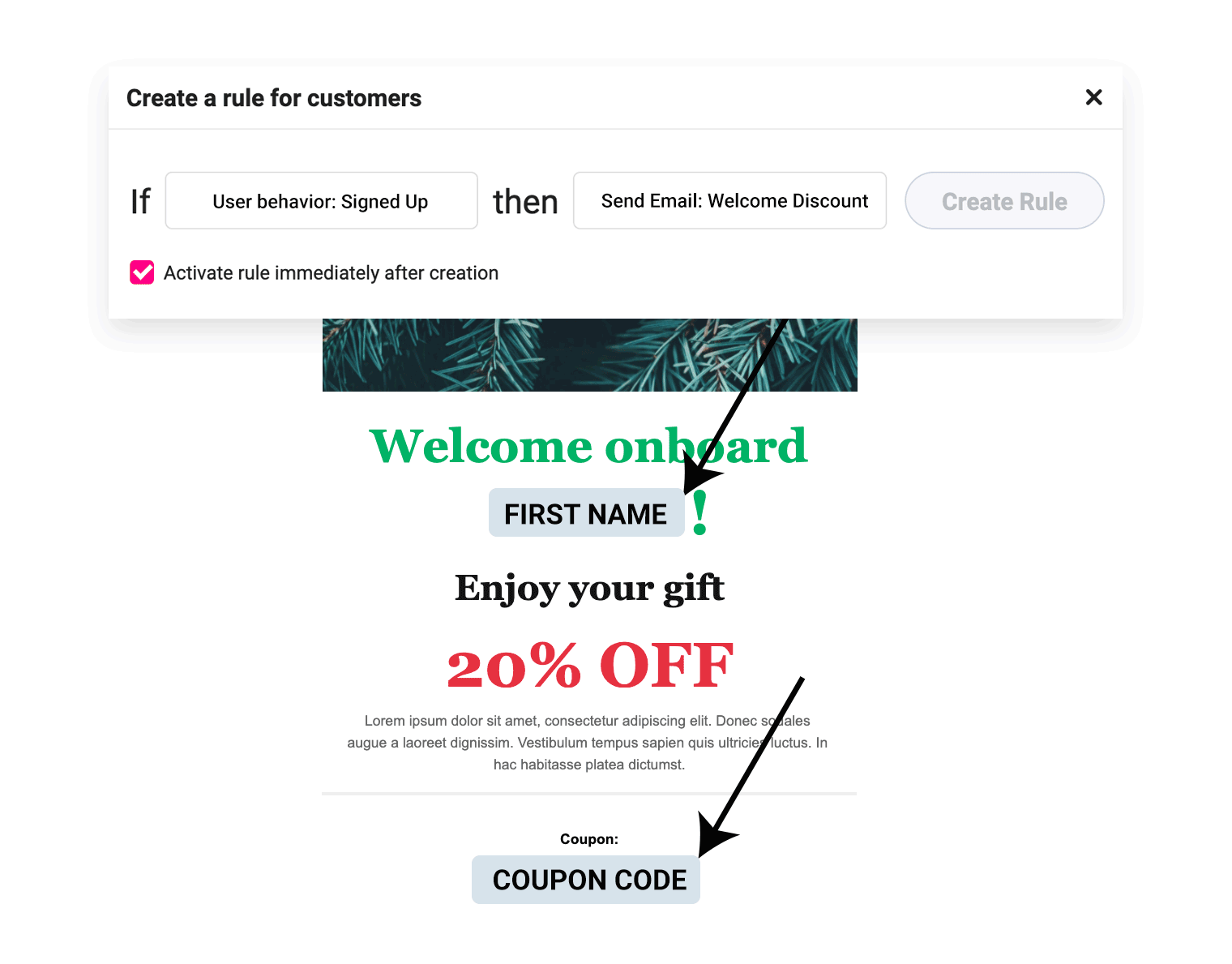
To do this in Growmatik, you can create an automation rule in the Leads section by setting the condition as User behavior: Signed Up and the action as Send Email. Choose one of the ready-made email templates (such as Subscriber Welcome) and customize it the way you want by using Growmatik’s email builder. You can then further add dynamic elements to your email like the name of the subscriber and the discount coupon you had promised.
5- Loss aversion
The t-shirt in your closet that you never wear but you don’t want to throw away or give it to someone either. This is coming from your brain that commands you to avoid throwing it away to avoid the loss caused by throwing it away. Loss aversion is a cognitive bias that says the pain caused by losing something is far more than the positive feelings we get from gaining or keeping it.

Many brands and websites use this cognitive bias in marketing and sales. For example, yearly/monthly twofold on pricing pages that clearly shows how much they save if they subscribe to a yearly plan. Pre-sale discounts are also a good way to encourage your existing products or brand fans to buy a newly launched product. They like to pay less in advance for the release rather than paying more when the product is released.
The ‘Buy 1 Get 2!’ kind of sales techniques are also built upon your fear of paying more in the future. This is true even though you’re not sure if you’ll even use the second or third items at all!
End of part 1
And that’s the first 5 out of our list of 10 cognitive biases.




